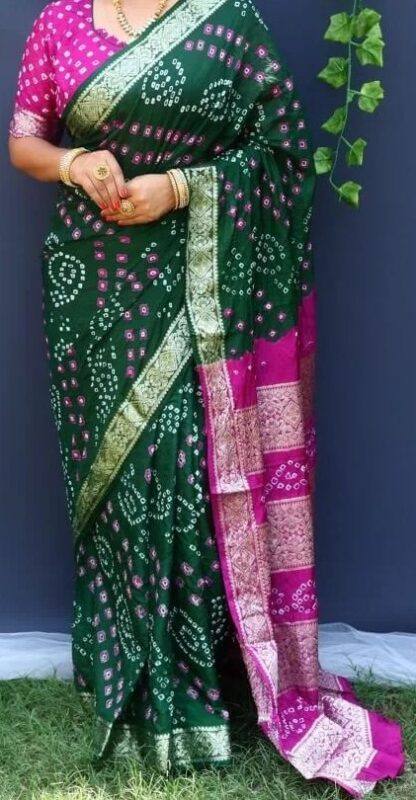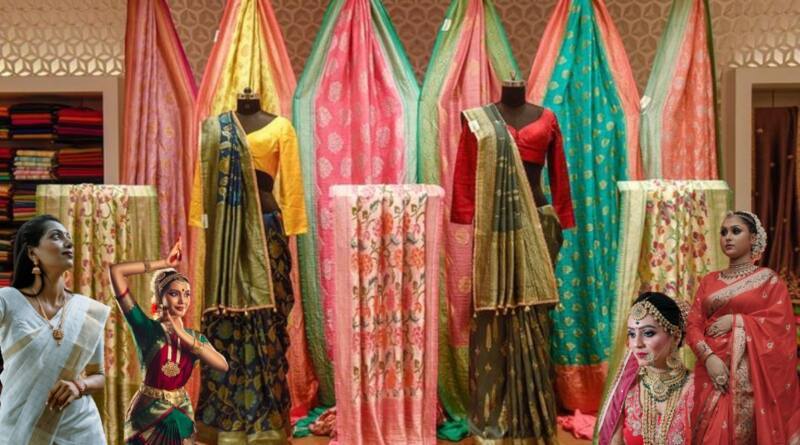A Much Better Guide To The Sarees Of India
The saree is one of the most beautiful traditional garments in the world. Indian women wear them in a variety of ways. Let us look at the various popular Indian sarees.
1. Mysore Silk, hailing from the beautiful district of Mysore in Karnataka, is a delightful variety of mulberry silk. Karnataka boasts an impressive 9,000 metric tonnes of mulberry silk production. This accounts for a significant 45% of the country’s total mulberry silk production. Following the decline of the Vijayanagara Empire, the silk industry in the Mysore region experienced a downturn. However, around 1780–1790 AD, Tipu Sultan reignited the growth of the silk industry in the Kingdom of Mysore. Afterwards, it faced the challenges of a worldwide economic downturn and had to contend with the arrival of imported silk and rayon. In the second half of the 20th century, there was a revival, and the Mysore State emerged as the leading producer of multivoltine silk in India.
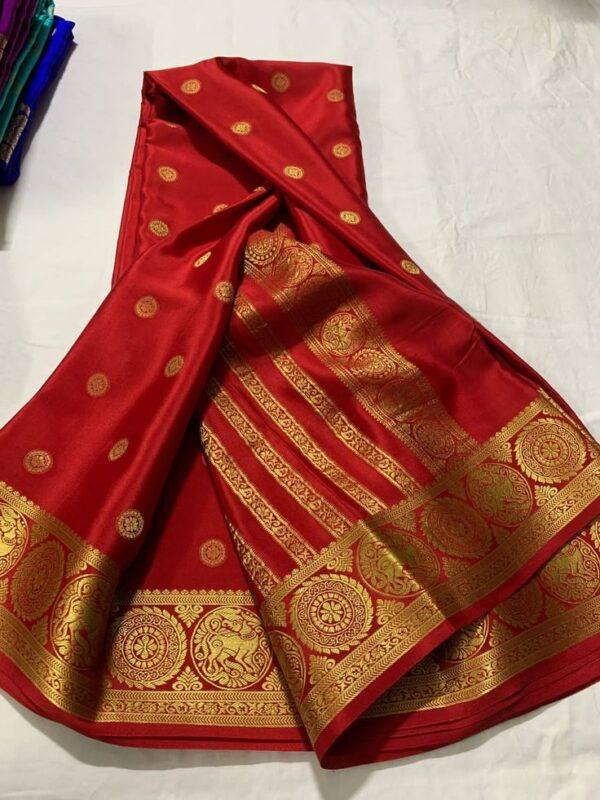
2. Kasavu silk (Kerala): In Kerala’s handloom industry, the art of Kasavu is a cherished tradition. This technique involves the meticulous weaving of delicate gold or silver threads into silk and cotton fabrics, creating exquisite border lines and intricate designs. Creating the original kasavu involved the meticulous craftsmanship of weaving delicate golden or silver threads onto cotton or silk fabrics, resulting in beautiful border lines and intricate designs. It is thought to have originated during the Buddhist era and is still worn by Malayalis, the people of Kerala. In traditional dances like Kaikottikali or Thiruvathirakkali, women performers elegantly don kasavu sarees and traditional red blouses. When it comes to the price of a “kasavu set” or “kasavu settu,” which includes the mundu and veshti, it all depends on the width of the gold borders. When it comes to borders, the width can vary greatly, ranging from less than 3/4″ to a generous 6″ or even more.
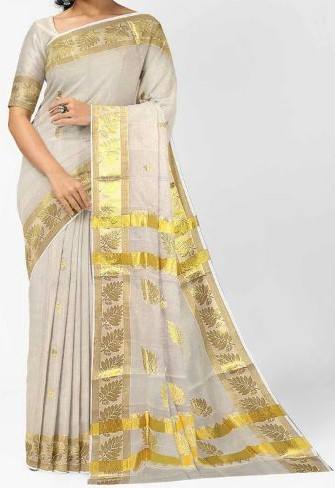
3. The Kanchipuram Silk Sari, which originated in the beautiful Kanchipuram region of Tamil Nadu, India, is a true masterpiece of craftsmanship. Many women in Tamil Nadu, Kerala, Karnataka, and Andhra Pradesh choose to wear these saris for bridal and special occasions. Experts craft the saris from the finest mulberry silk thread. Kanchipuram saris use the finest mulberry silk, while Zari is from South India. In the world of saris, a fascinating technique allows one to weave the mundhi, or the hanging end, in a different shade. This involves a careful process of weaving it separately and then skillfully joining it to the rest of the sari. A Kanchipuram silk sari meticulously weaves the body and border as separate pieces, then skillfully interlocks them together.
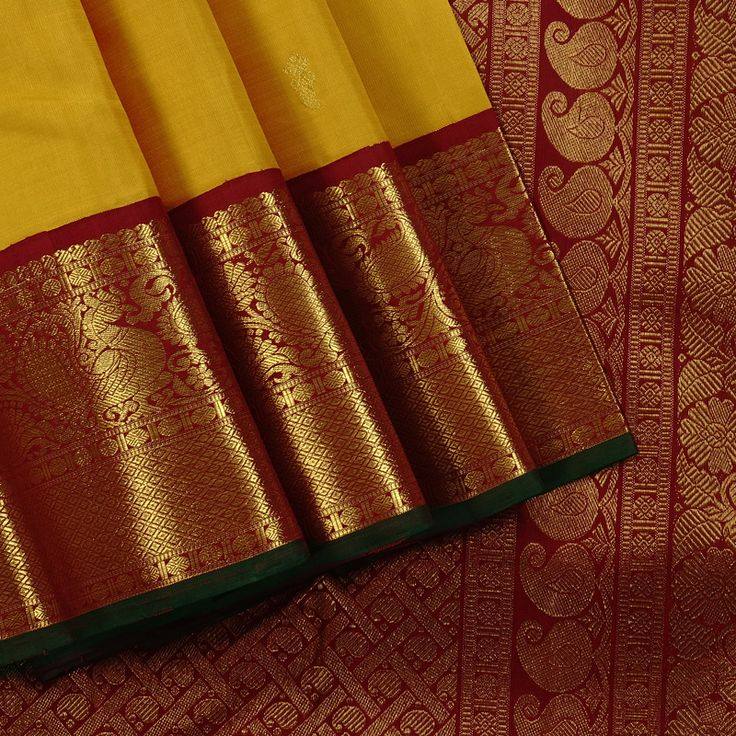
4. Banarasi silk (UP): Varanasi, a historic city known as Benares (Banaras), crafts Banarasi saris. These saris are truly exquisite, representing the epitome of Indian craftsmanship. With their intricate gold and silver brocade, luxurious silk, and lavish embroidery, they are a true testament to the artistry and opulence of Indian fashion. This type of sari is known for its unique features, such as the detailed floral and foliate patterns, the kalga and bel motifs, and the jhallar border with its string of upright leaves. Ralph Fitch (1583–1591) portrays Banaras as a bustling hub of the cotton textile industry. Banaras brocade and Zari textiles have a rich history dating back to the 19th century. It is believed that silk brocade weaving in Banaras began in the seventeenth century, with silk weavers from Gujarat arriving during the 1603 famine. Over the next two centuries, the craft flourished, reaching its peak of excellence in the 18th and 19th centuries.
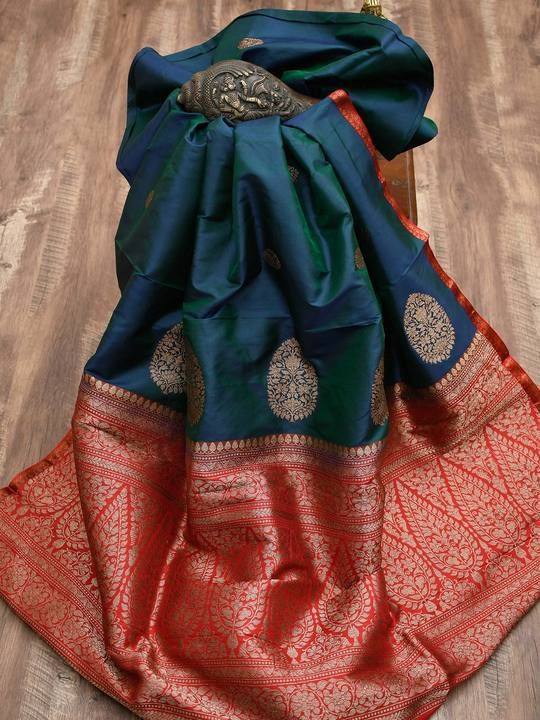
5. Tussar Silk: The larvae of various species of silkworms produce Tasar silk, also known as Tussar silk. These silkworms belong to the moth genus Antheraea and include species such as A. assamensis, A. paphia, A. pernyi, A. roylei, and A. yamamai. In the wild forests of South Asia, you can find these silkworms happily munching on the leaves of trees like Terminalia species and Shorea robusta. They also enjoy feasting on other food plants, such as jamun and oak. The cocoons are dried carefully under the warm rays of the sun to eliminate the silkworms. Another method involves allowing the silkworms to exit their cocoons, soaking them in boiling water to soften the silk, and then reeling the fibres.
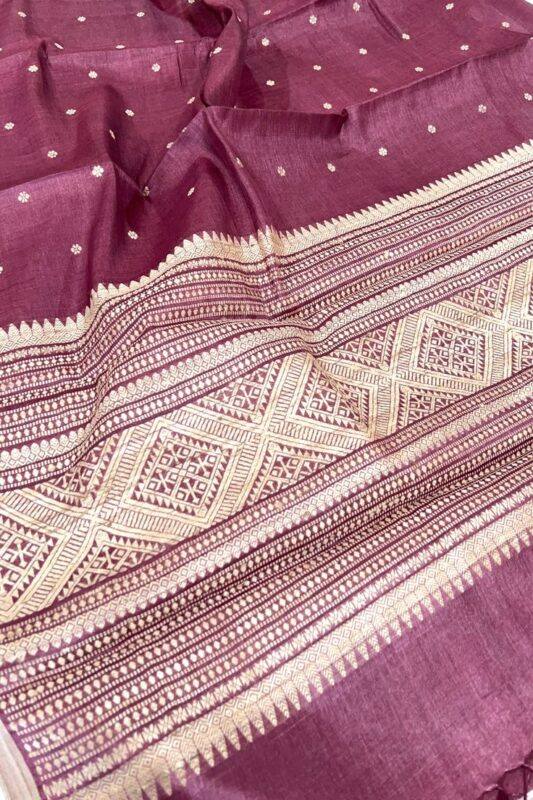
6. The Chanderi Sari, hailing from Chanderi, Madhya Pradesh, India, is a traditional Koli sari. During the 11th century, the significance of the trade locations in Malwa, Medwa, central India, and south Gujarat grew exponentially.
Did you know that the Chanderi sari tradition has a rich history dating back to the 13th century? It all started around 1350, when the talented Koli weavers began crafting these exquisite saris. These saris are truly exquisite, representing the epitome of Indian craftsmanship. They are renowned for their intricate gold and silver brocade or zari work, luxurious silk fabric, and lavish embroidery.
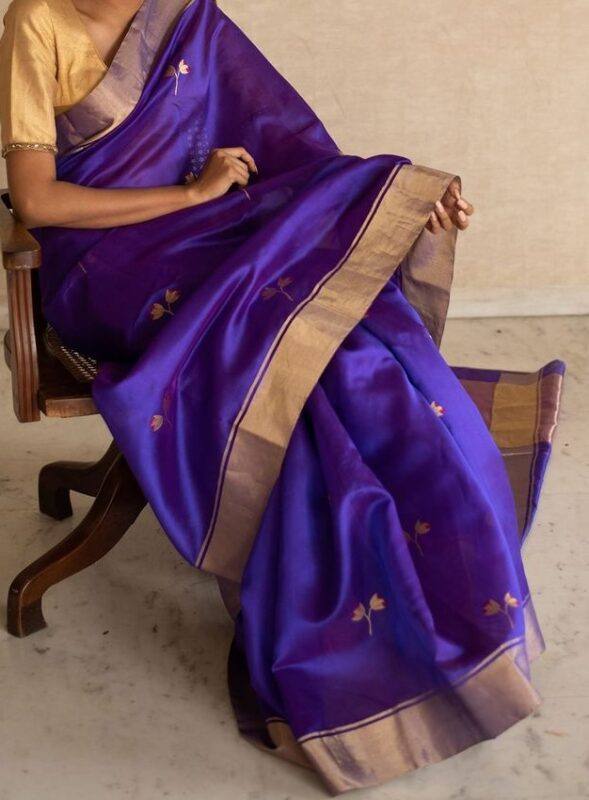
7. Pochampally Sarees: Pochampally, located in Telangana, is famous for its exquisite Pochampally sarees. Bhoodan Pochampally crafts these beautiful sarees in the Yadadri Bhuvanagiri district of Telangana State, India. Pochampally village predominantly carries out weaving today, with an impressive number of over five thousand looms dedicated to producing this exquisite textile.
Here’s some information for you: UNESCO recognised this incredible site and included it in the tentative list of world heritage sites, as it is part of India’s iconic saree weaving clusters. People commonly refer to these beautiful silk thread kerchiefs as “Teli Rumals.” It’s a beautiful blend of cotton, silk, and sico—a luxurious combination of silk and cotton. These materials’ various textures and qualities create a truly unique and exquisite fabric. The colours are increasingly derived from natural sources and their combinations. Pochampally, a cluster of 80 villages, is home to traditional looms that have been weaving patterns and designs for centuries. Today, the Silk City has become a thriving hub for over 10,000 weaving families residing in 100 villages.
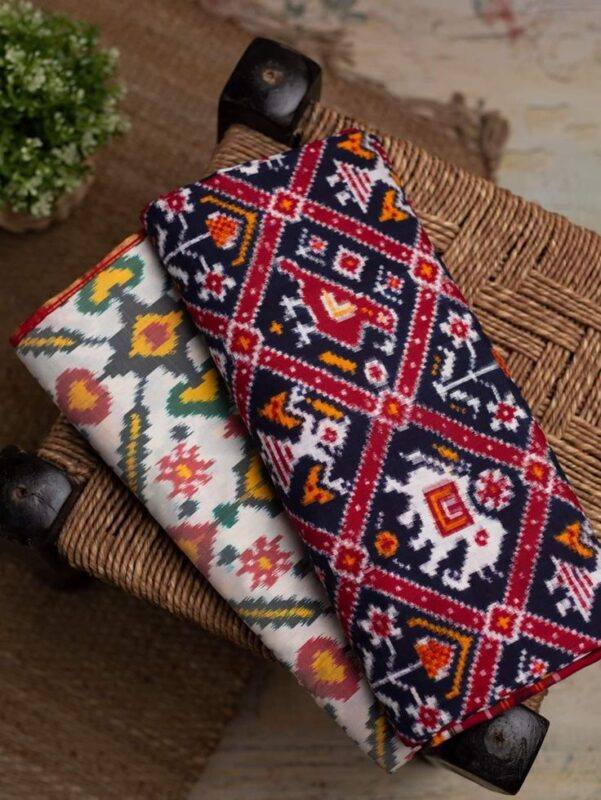
8. Ghatchola Saree (Rajasthani): The Ghatchola saree, also known as Gharchola and Gharcholu, is a traditional garment from Gujarat. It showcases large checks crafted from silk and zari threads, woven on cotton or silk fabric. This technique adds vibrant colours to the fabric using the bandhani or tie-and-dye method. Delicate golden motifs of peacocks, lotus flowers, human figures, and intricate floral designs adorn the checkered patterns. This saree adds a touch of beauty and elegance to any wedding or ritual, making it a truly memorable and enchanting event. It’s interesting to note that the in-laws have assumed the role of taking care of the bride. Many North Indian states still continue this tradition, with some local variations. The fabric is divided into rows of white tie-dyed squares or woven bands with zari motifs. It typically takes around 10–12 days to complete the weaving process for a double-check pattern.
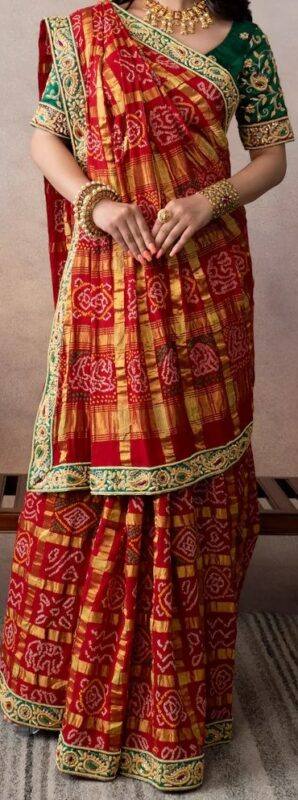
9. The Nauvari Saree, from Maharashtra, is a traditional sari-draping style that closely resembles the Maharashtrian dhoti. The term “nauvari” signifies a length of nine yards. Women from various backgrounds have embraced this attire, demonstrating its true significance. Religious and cultural occasions do not limit this garment’s use. Throughout history, women have bravely fought in wars and toiled on farmlands while donning this attire. The traditional Marathi style involves wearing this sari without a petticoat.

Here is some information for you: When it comes to draping saris, there are various styles that are popular among different castes. However, the method of draping can vary based on the region and topography. As an illustration, Brahmin women have their own unique way of wearing it (referred to as brahmni on the other side), while Aagri people from the Raigad district opt for a knee-length style known as ‘adwa patal’. Similarly, the kunbi, or farmer women, of the Raigad district and certain parts of Ratnagiri wear a slightly modified version called “uprati,” consisting of nine yards.
10. Bandhani Saree (Gujarat): The Bandhani saree from Gujarat is a stunning example of tie-dye textile art. Skilled artisans craft this saree, embellishing it with intricate designs created by plucking the cloth with their fingernails. The result is a beautiful and unique figurative pattern. The Indus Valley civilisation practiced dyeing techniques as early as 4000 B.C., providing the earliest evidence of Bandhani. There are different names for the final products, such as Khombi, Ghar Chola, Patori, and Chandrokhani. Bandhani, a truly exquisite art form, requires immense skill and precision. This technique creates beautiful patterns on fabric by tightly tying it with a thread at different points. The result is a range of unique designs, such as Chandrakala, Bavan Baug, Shikari, and more, depending on how the cloth is tied. Yellow, red, blue, green, and black are among the vibrant array of colours used in Bandhana. Tradition has passed down the cultural significance of each colour.
